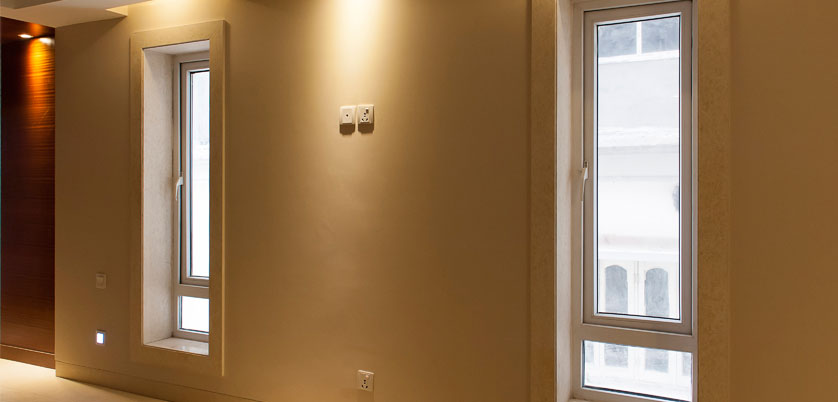
In an era of increasing environmental consciousness and rising energy costs, homeowners are actively seeking ways to make their homes more energy-efficient. One effective solution lies in the choice of windows and doors. uPVC (unplasticized polyvinyl chloride) windows and doors have gained immense popularity due to their remarkable energy-saving properties. In this article, we will explore how uPVC windows and doors contribute to enhancing energy efficiency in homes.
Thermal Insulation
One of the key advantages of uPVC windows and doors is their exceptional thermal insulation properties. These windows and doors act as a barrier against external temperature fluctuations, helping to maintain a comfortable indoor climate throughout the year. Here's how uPVC achieves superior thermal insulation:
a) Multi-Chambered Profiles: uPVC window and door frames are designed with multiple chambers that create air pockets. These air pockets serve as insulation layers, reducing heat transfer between the interior and exterior of the home. The more chambers a uPVC frame has, the better its insulation capabilities.
b) Low U-Values: The U-value measures the rate of heat loss through a material. uPVC windows and doors typically have low U-values, indicating their high resistance to heat transfer. This means less heat escapes during winters and less heat enters during summers, resulting in reduced energy consumption for heating and cooling.
c) Weatherstripping and Sealing: uPVC windows and doors are equipped with high-quality weatherstripping and sealing materials. These components effectively seal any gaps or drafts, preventing air leakage and minimizing heat loss or gain. The tight seals ensure that your home remains thermally efficient, reducing the load on your heating and cooling systems.
Condensation Control
Condensation can be a significant concern in homes, leading to mold growth, moisture damage, and increased energy consumption. uPVC windows and doors offer effective condensation control, which contributes to energy efficiency in the following ways:
a) Thermal Breaks: uPVC frames have a natural thermal break, meaning that they do not conduct heat as readily as other materials. This prevents the formation of cold spots on the frames, reducing the likelihood of condensation forming on the interior surface.
b) Double or Triple Glazing: uPVC windows often come with double or triple glazing, which involves multiple layers of glass separated by gas-filled chambers. This design further enhances insulation, reducing the temperature differential between the interior and exterior surfaces of the glass. As a result, condensation is less likely to form on the windows.
Reduced Energy Consumption
By improving thermal insulation and condensation control, uPVC windows and doors significantly reduce energy consumption in homes.
a) Heating and Cooling Efficiency: With uPVC windows and doors, your home becomes more resistant to heat loss during winter and heat gain during summer. This reduces the need for continuous heating or cooling, resulting in lower energy consumption and decreased utility bills.
b) HVAC System Optimization: The enhanced insulation provided by uPVC windows and doors allows HVAC systems to operate more efficiently. The systems can maintain a consistent temperature without excessive strain, leading to improved energy performance and prolonged equipment lifespan.
c) Sustainable Living: Lower energy consumption not only benefits your wallet but also the environment. By reducing your carbon footprint, uPVC windows and doors contribute to sustainable living and help combat climate change.
Conclusion
uPVC windows and doors play a crucial role in enhancing energy efficiency in homes. Through their superior thermal insulation, condensation control, and reduced energy consumption, they offer a range of benefits for homeowners. Investing in uPVC windows and doors is a wise decision that not only provides comfort and cost savings but also promotes sustainable living.